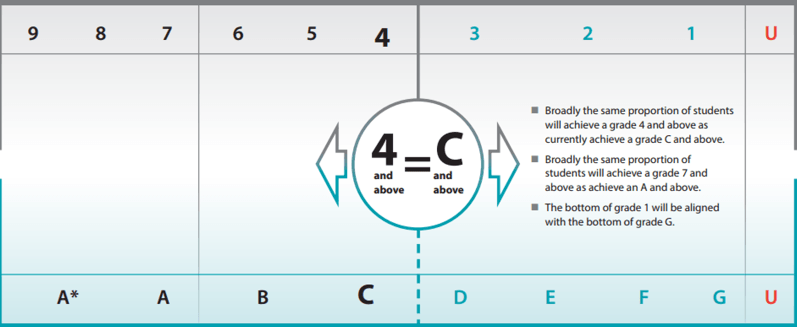GCSE/IGCSE
Differences between IGCSE and GCSE
General Certificate of Secondary Education examinations (GCSEs) were introduced in 1986 and replaced the previous GCE ‘O’ Level and CSE systems by merging them together. Coursework became a new feature of assessment, one that teachers rightly regarded with scepticism. The recent introduction of controlled assessment for coursework attempts to overcome the issue of coursework authentication by making coursework supervision compulsory.
The GCSE is traditionally studied in schools over two years. Many schools have now with the introduction of the new 9-1 GCSE extended the course to three years starting in year 9. The GCSE is linear (all units taken in one exam series e.g. June).
The ‘I’ in iGCSE stands for International; IGCSEs were introduced in 1988 and are internationally recognised qualifications. Candidates can sit IGCSE examinations all over the world. Offering over 70 subjects, IGCSEs are taken in over 120 countries. IGCSEs do not include coursework IGCSEs are widely accepted by universities and colleges as part of their entry requirements
For some or all of the reasons above, many of the top UK independent schools, such as Eton and Harrow, have adopted the iGCSE over the GCSE. Since 2010, UK state schools have also been able to offer iGCSEs.
To summarise, the big difference between IGCSE and GCSE is the lack of coursework in the IGCSE. Apart from that there is no real difference, both are the same level with the IGCSE seen as an equivalent.
Changes to GCSEs
There are three GCSE exam boards in England: AQA, Edexcel and OCR. The entire GCSE system has gone through a complete overhaul over the last few years. The changes were first introduced for Maths and English, with GCSEs under the new 9-1 system taking place in the summer of 2017. For the GCSE Science subjects, the first 9-1 exams took place in May and June 2018.
Change to the grade system
The most obvious change is to the grade system. The old A*-G scale has been replaced by a new ‘9-1’ scale. A grade 9 is the highest available (and is equivalent to a high A*). The new “good pass” is considered now to be a grade 5.
The graphic below, published by exam regulator Ofqual, compares the old and the new grade scales.

Changes to the exam specification
The specification (what many parents would call the ‘syllabus’) lists all the topics and learning objectives that a student must cover during their entire GCSE course. The new 9-1 specification has been updated substantially and includes more content and more challenging subject content than the old specification. Simply put, the GCSEs are more demanding than before.
Change from modular to linear
Previously, some GCSEs were modular. Students could take some of their GCSE exams and/or ‘coursework units’ well before the end of the course. Under the new system, the GCSEs are completely linear.
The merits of linear system vs a modular system are debatable and there are pros and cons to each approach. But the fact is that a linear system has now been adopted and that means that a student’s performance during the final GCSE exams this summer is critical to the grade they achieve.
Need Advice?
Get in touch here
[cf7form cf7key=”contact-us”]
